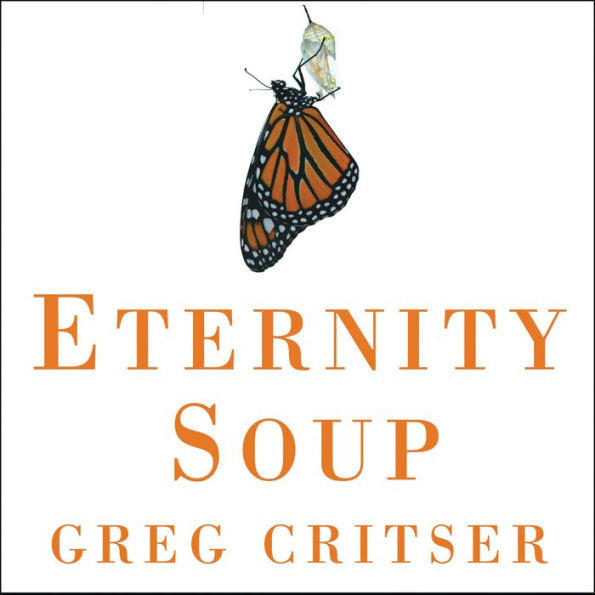Solid science reporting on aging research combined with entertaining accounts of enthusiasts who yearn to stay young and the doctors-cash only-who treat them. Wise men throughout history have pondered aging, writes journalist Critser (Generation Rx: How Prescription Drugs Are Altering American Lives, Minds, and Bodies, 2005, etc.), but science didn't reveal facts until the 20th century. In the book's first half, the author portrays doctors who claim they can reverse aging and the patients who believe them. Severely calorie-restricted laboratory animals live longer. In response many dedicated humans have adopted this "CR" diet. The women stop menstruating. The men lose interest in sex. All grow thin. If this program works, we'll know in 50 years. Nowadays few antiaging doctors rely on vitamin/mineral regimens or extremely limited food choices. Antioxidant therapy peaked in the 1990s but has declined since researchers concluded that free oxygen damage may not cause most aging. Hormones are today's rage. Longevity doctors prescribe a varying mixture, emphasizing growth hormone but including many others and always accompanied by frequent visits and laboratory tests to ensure that the combination is scientifically correct. It's also prohibitively expensive. Critser also interviews more serious researchers, a colorful but less entrepreneurial group whose findings will jolt most readers. As they discover cellular errors that lead to aging, it turns out that no scientific barriers exist to vastly prolonging our lives. Future technology will use stem cells to build new organs to replace old ones and will correct deteriorating genetic or biochemical processes. A delightful, politicallyincorrect view of the life-extension movement, accompanied by the disappointing news that aging is reversible but not in the near future.
What happens when you mix modern medical entrepreneurship with one of the most ancient of human desires-the desire to live forever? The answer is today's multibillion-dollar antiaging industry, which promises everything from restoring lost vitality to actually turning back the hands of time for aging boomers. But who, exactly, makes up the antiaging movement, and what do they expect from the vast and growing antiaging apothecary? Who is simply manufacturing money from spurious claims and dubious products, and who is performing legitimate scientific research? One thing is clear: by the mid-twenty-first century, America will have one million centenarians. How much older, then, can (and should) we get?
Sharp, funny, fast-paced, and deeply informed, Eternity Soup is a full-course meal about our quest for immortality, spiced with human vanity, chicanery, and cutting-edge science.
1101703121
Sharp, funny, fast-paced, and deeply informed, Eternity Soup is a full-course meal about our quest for immortality, spiced with human vanity, chicanery, and cutting-edge science.
Eternity Soup: Inside the Quest to End Aging
What happens when you mix modern medical entrepreneurship with one of the most ancient of human desires-the desire to live forever? The answer is today's multibillion-dollar antiaging industry, which promises everything from restoring lost vitality to actually turning back the hands of time for aging boomers. But who, exactly, makes up the antiaging movement, and what do they expect from the vast and growing antiaging apothecary? Who is simply manufacturing money from spurious claims and dubious products, and who is performing legitimate scientific research? One thing is clear: by the mid-twenty-first century, America will have one million centenarians. How much older, then, can (and should) we get?
Sharp, funny, fast-paced, and deeply informed, Eternity Soup is a full-course meal about our quest for immortality, spiced with human vanity, chicanery, and cutting-edge science.
Sharp, funny, fast-paced, and deeply informed, Eternity Soup is a full-course meal about our quest for immortality, spiced with human vanity, chicanery, and cutting-edge science.
16.99
In Stock
5
1

Eternity Soup: Inside the Quest to End Aging

Eternity Soup: Inside the Quest to End Aging
FREE
with a B&N Audiobooks Subscription
Or Pay
$16.99
16.99
In Stock

Editorial Reviews
Product Details
| BN ID: | 2940170658053 |
|---|---|
| Publisher: | Tantor Audio |
| Publication date: | 01/26/2010 |
| Edition description: | Unabridged |
Videos

From the B&N Reads Blog
